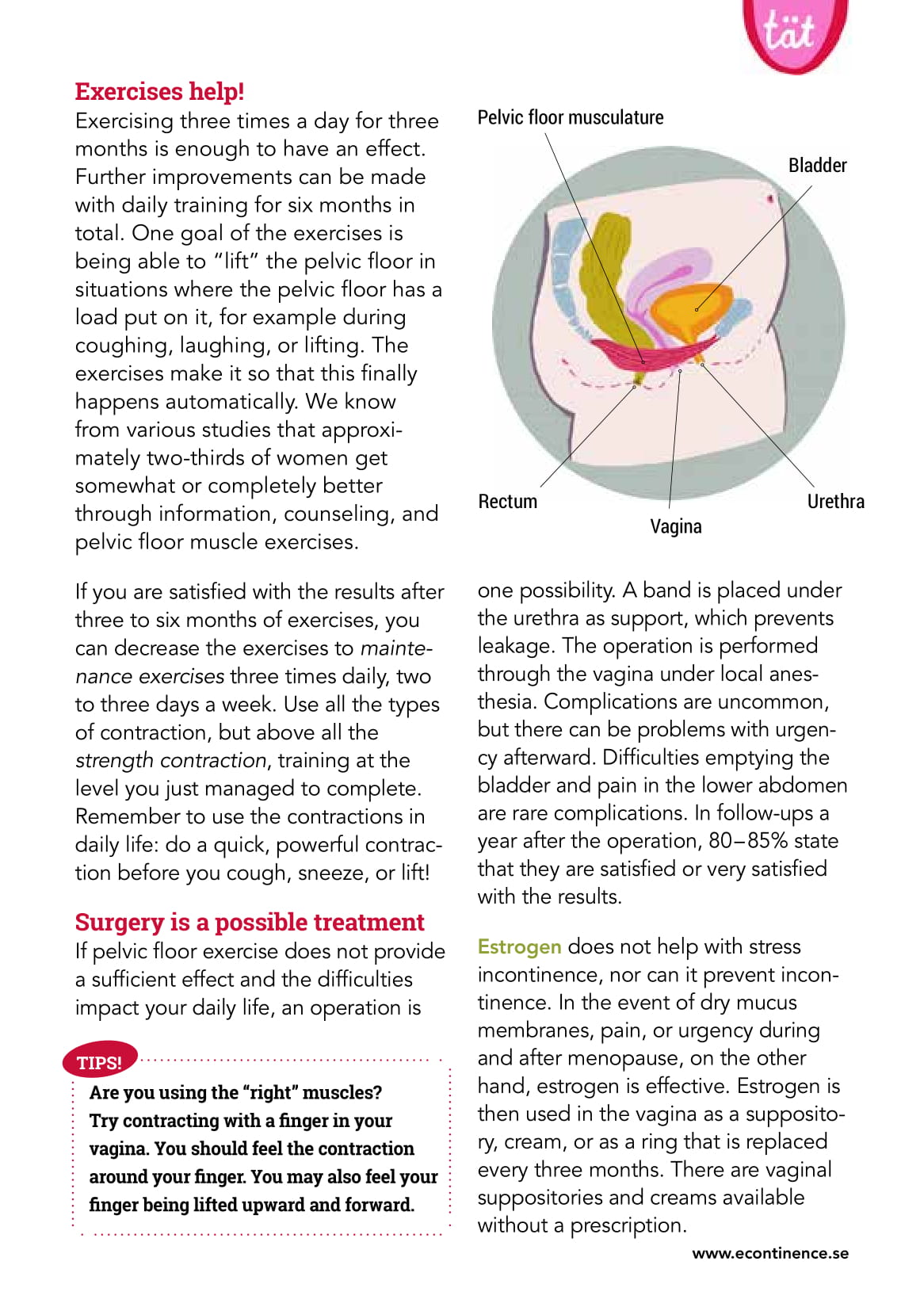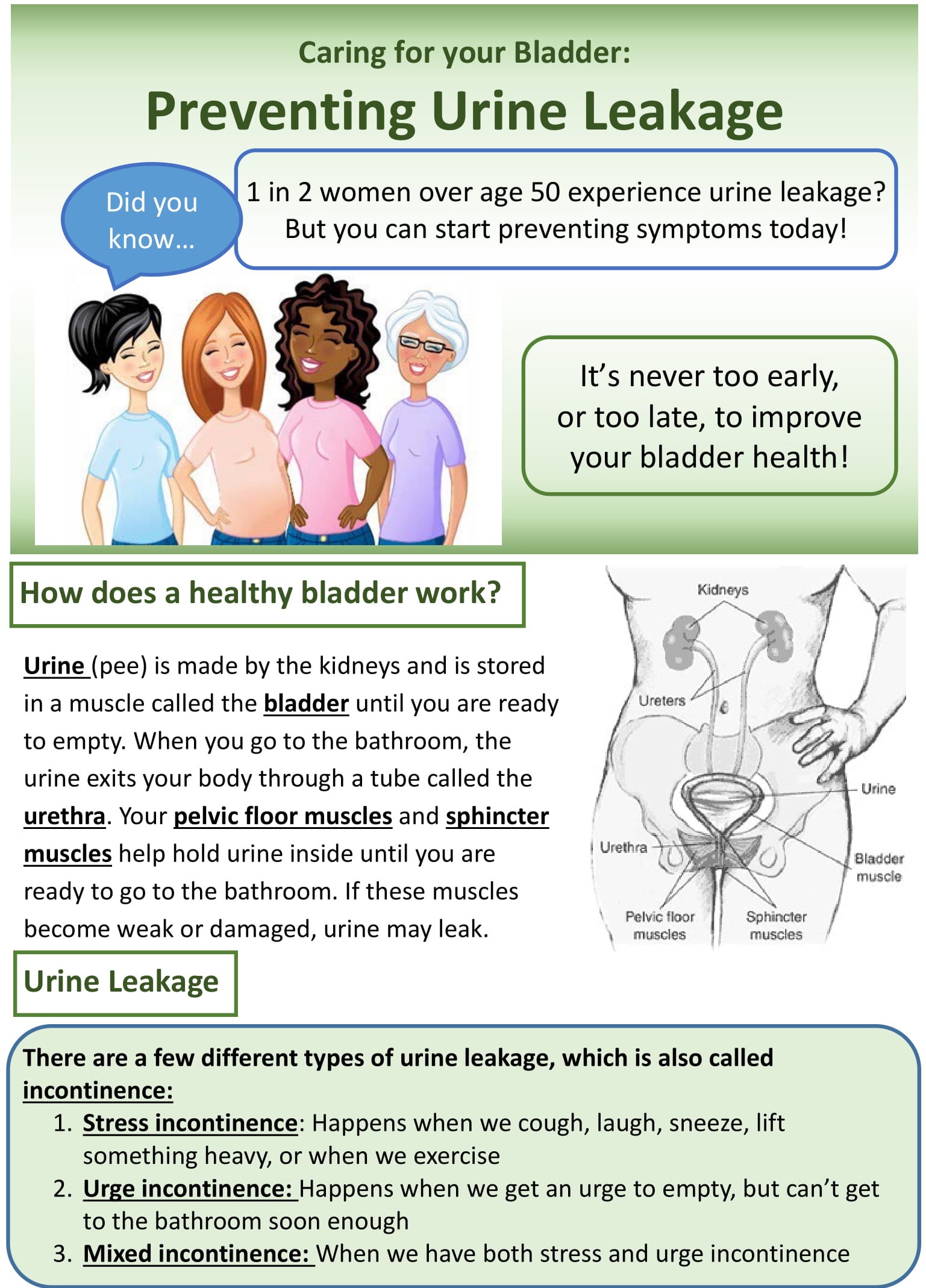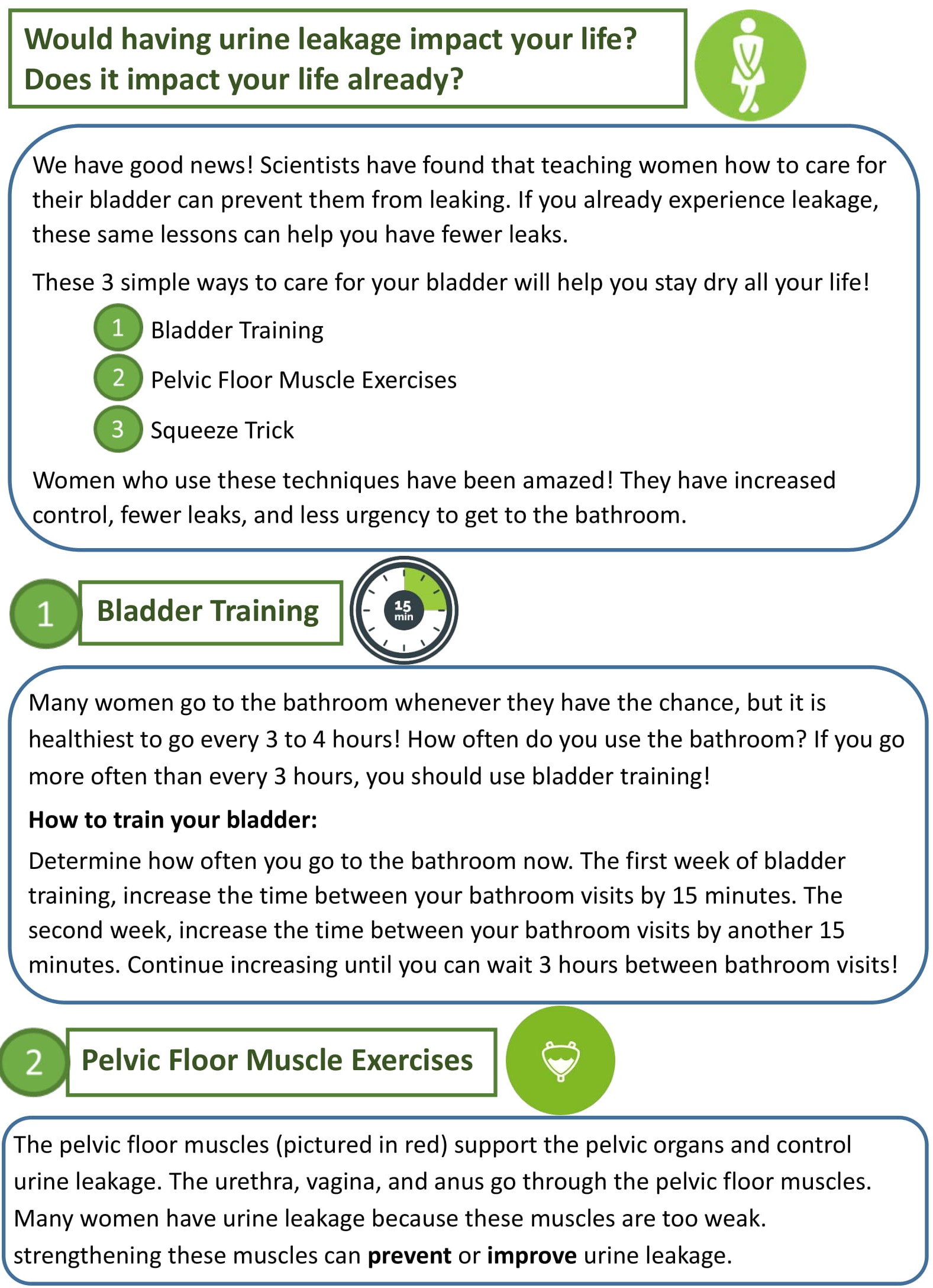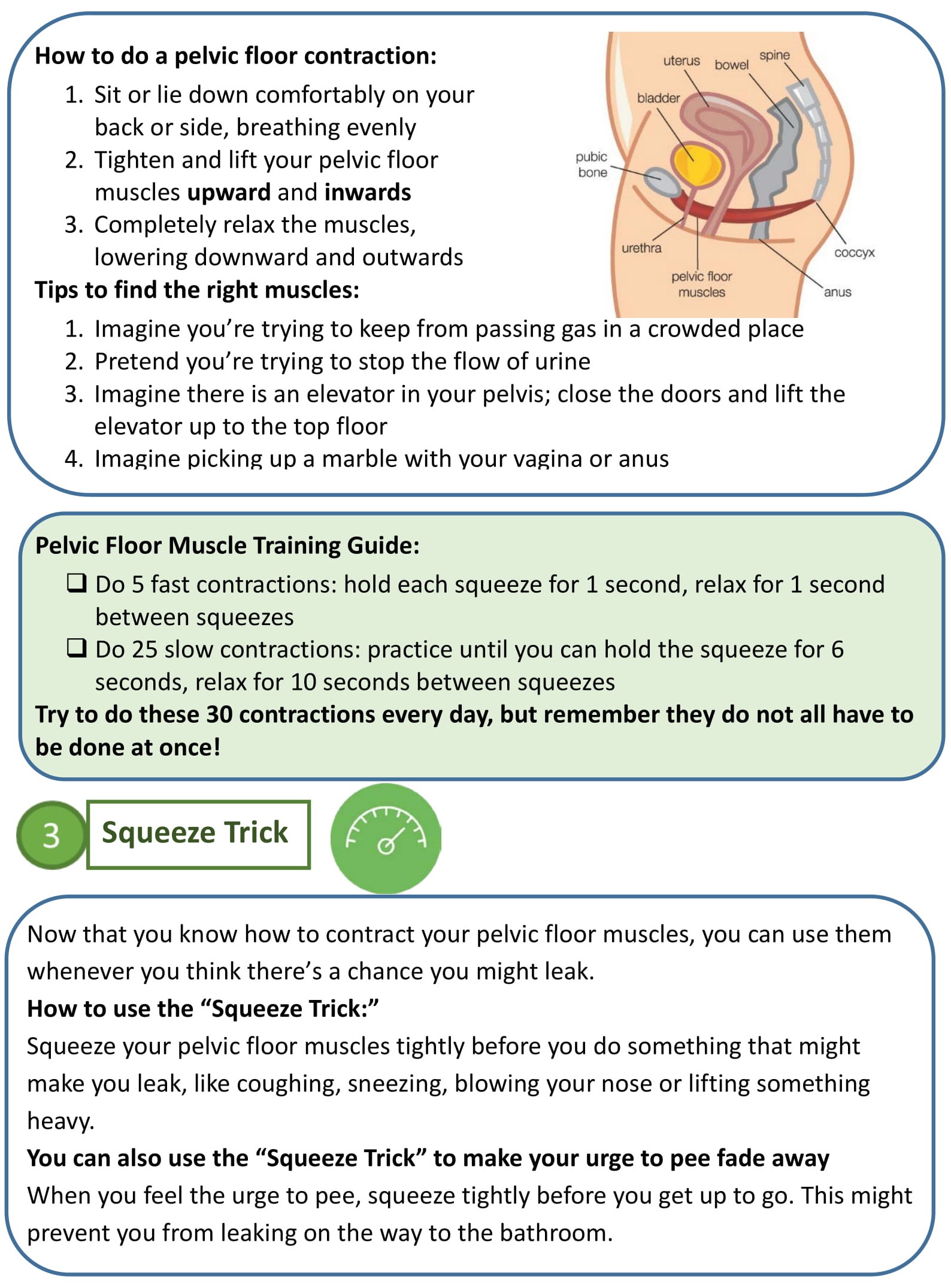Bladder Health
Have you ever wondered whether your bladder is as healthy as it could be? Lower urinary tract symptoms, or LUTS, are bladder problems that become more common as we age. Someone with LUTS might have to rush to the bathroom when she has the urge to urinate, experience urine leakage, have trouble emptying her bladder, or even have pain when she urinates. Most of us don’t think about bladder health until it becomes a problem.
Some common bladder health problems include:
- Urine leakage or incontinence
- Needing to urinate (pee) often during the day
- Needing to urinate (pee) often during the night
- Pain with urination (peeing)
- Feeling like your bladder doesn’t empty completely
- Bladder infection / urinary tract infection / UTI
Scientists know that there are ways to keep the bladder healthy and prevent common bladder symptoms, but we don’t know how to get that information to women before bladder problems develop.
About this study: SHOW and TELL (Survey of the Health of Wisconsin and Tracing Engagement with LUTS Learning)
The Prevention of Lower Urinary Tract Symptoms in Women (PLUS) consortium is a research team funded by the National Institute of Diabetes and Digestive and Kidney Diseases (NIDDK) at the National Institutes of Health (NIH). The mission of the PLUS consortium is to prevent lower urinary tract symptoms (LUTS) and empower women and girls to live active, healthy lives. One goal of the PLUS team is to inform women and girls about how to improve bladder health. This study, titled SHOW and TELL, aims to help the PLUS team learn what women and girls think about their bladder health (if they think about bladder health at all!)
This research is led by Dr. Heidi Brown at the University of Wisconsin School of Medicine and Public Health and is funded by a sub-award from the National Institutes of Health. Our goal is to learn whether, why, and how women are interested in getting information about bladder health. To do so, we are partnering with the Survey of the Health of Wisconsin (SHOW) to give women a packet of bladder health information. Two weeks later, women will be invited to answer a short survey about whether they looked at the packet and what they thought of it. Afterwards, some women may choose to participate in phone interviews to provide us with more detailed explanations. We will compare women who looked at the packet with women who did not to see how they are different. We hope this project will ultimately help us improve the bladder health of girls and women by helping us understand the best way to reach all girls and women with bladder health information.
This video was developed as part of the Translating Unique Learning for Incontinence Prevention (TULIP) Project. The TULIP project was a study funded by the National Institutes of Health (NIH) to prevent women from developing urine leakage. This video was tested in a research study that included over 600 women in Michigan and Pennsylvania. The study found that watching this 20 minute video prevented women from developing urine leakage. You can watch this video here or on the DVD that was mailed to you. It’s never too early, or too late, to start thinking about bladder health!
Tät is a mobile application that helps you learn and practice pelvic floor muscle exercises (also called Kegels). The Tät app was developed in Sweden and tested in more than 100 women with urine leakage. A scientific research study found that using the Tät app to practice pelvic floor exercises decreased leakage for most women! Follow along as the app leads you through basic and advanced exercise sets!
For more information about bladder and pelvic health:
Check out these reliable sources!
From the National Institutes of Health (NIH):
- www.niddk.nih.gov/health-information/urologic-diseases/bladder-control-problems-women
- www.niddk.nih.gov/health-information/digestive-diseases/bowel-control-problems-fecal-incontinence
From the American Urogynecologic Society (AUGS):
- www.voicesforpfd.org: for information about urinary problems, bowel problems, and pelvic organ prolapse
From the National Association for Continence (NAFC)
For more information about this research:
- The Prevention of Lower Urinary Tract Symptoms (PLUS) Consortium: plusconsortium.umn.edu
- The Survey of the Health of Wisconsin (SHOW): www.med.wisc.edu/show/
Funding for this research comes from:
- Prevention of Lower Urinary Tract Symptoms (PLUS) Consortium plusconsortium.umn.edu
- The Wisconsin Partnership Program: www.med.wisc.edu/wisconsin-partnership-program/
- The National Institute of Diabetes and Digestive Kidney Diseases: www.niddk.nih.gov
- Wisconsin Multidisciplinary K12 Urologic Research Career Development Program: www.urology.wisc.edu/research/research-career-development-program/




